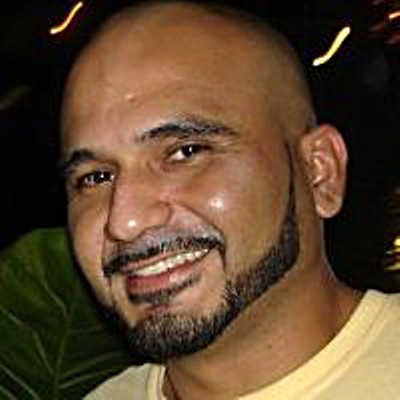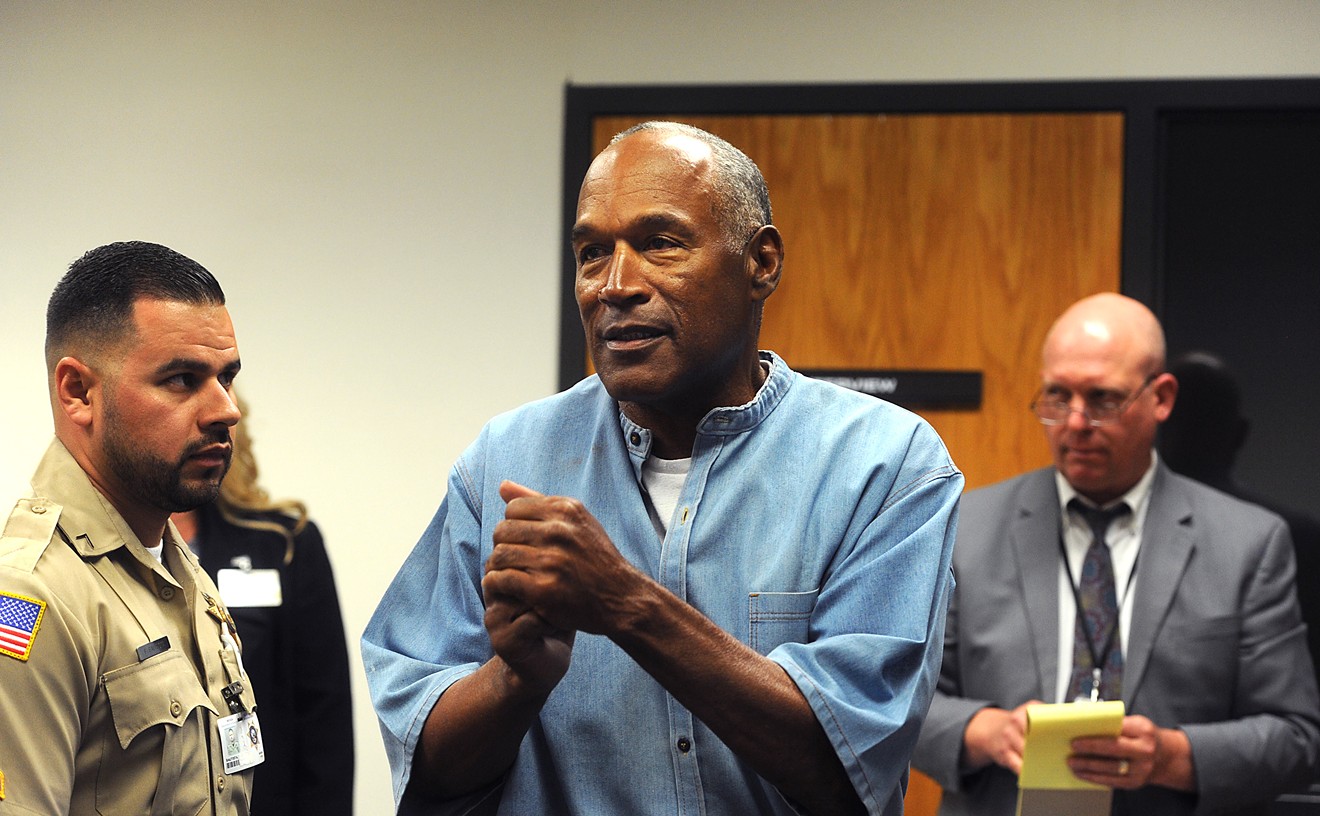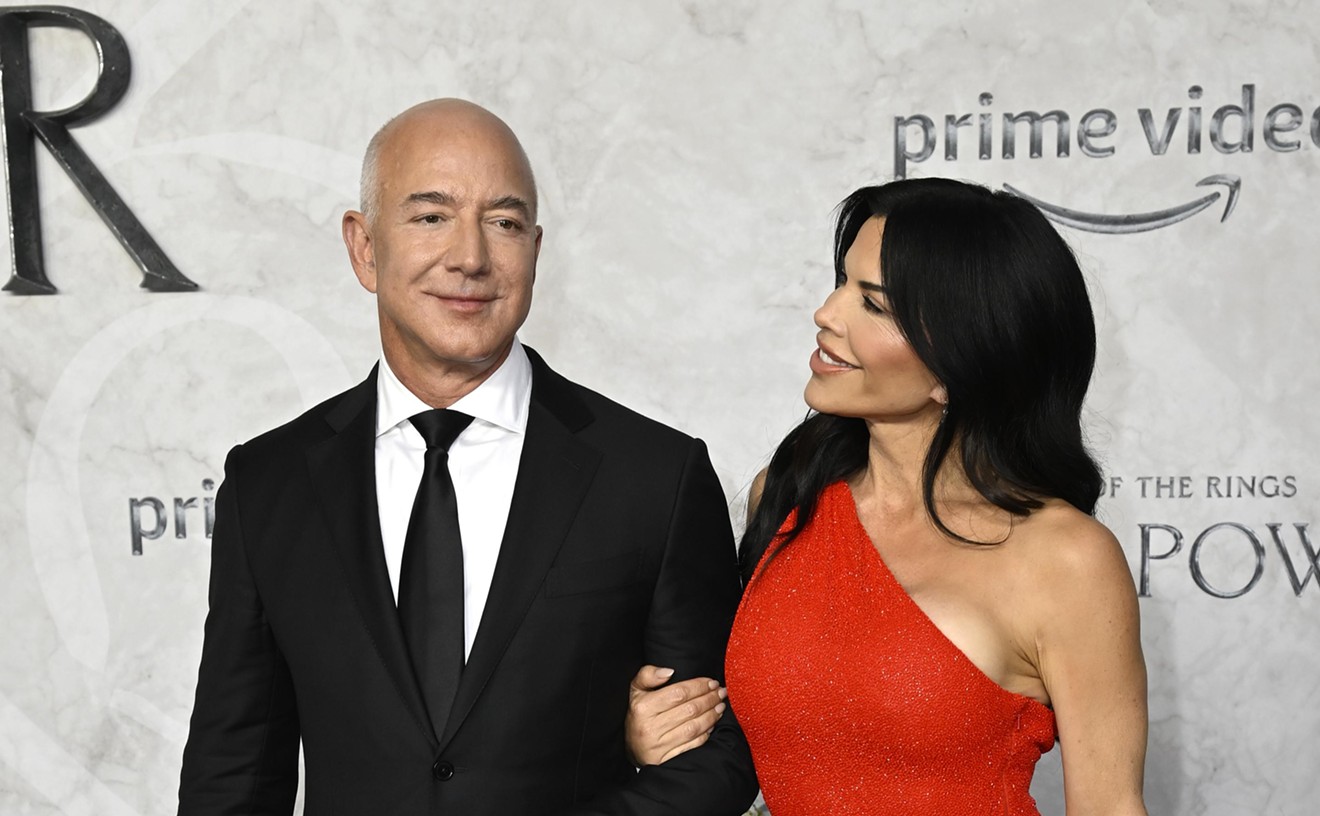Long ago, Archbishop Curley Notre-Dame High School diffused a potentially explosive situation. I was the young, aggressive Miami-Dade County beat reporter for Miami Today. I had lunch with Norman Powell, at the time a high-powered downtown Miami attorney who represented individuals and companies doing business at County Hall.
We didn't fight or argue, though. We became friends. Why? We had a common connection.
I’m Curley class of 1992. Norm graduated in 1983.
“That’s always been the magic of Curley,” Norm told me recently. “It doesn’t matter where you’re from — people who went to that school have such fond memories and are so proud to have gone to Curley. I’ve only met a handful of pricks who went to Curley. Most are great people.”
Soon that camaraderie will be gone. Yesterday the Archdiocese of Miami officially announced the inevitable: Archbishop Curley will close. In a somber news release, the Archdiocese said it had notified the school’s board of directors, faculty, staff, students, donors, and alumni that my alma mater is “merging” with Monsignor Edward Pace High School, a longtime rival located in Miami Gardens. Students in Curley’s sixth, seventh, and eighth grades will be placed in surrounding elementary Catholic schools such as St. Mary’s and St. Rose of Lima.
It’s a punch in the gut to anyone who has called Curley home, especially faculty and staffers who have dedicated most of their careers to the school. There's Jerry Yeash, who has been teaching history and coaching baseball since 1981. Yeash is so dedicated that he was the baseball field’s unofficial groundskeeper. We'd always catch him mowing the grass and cleaning the infield before and after school. My buddy Rob, who played on the baseball team, ran into Yeash three weeks ago.
“He was raising money for the sports program, so I donated 50 bucks,” Rob said. “I was surprised by how much he remembered me. It sucks to find out now that Curley is closing.”
According to Norm and other alumni, Curley has been in financial trouble for quite some time. “It’s sad, but Curley has gone so far down,” Norm said. “It’s a shell of the school we knew and loved. It’s just been dying on a vine.”
Friends familiar with the school’s state of current affairs said the school has been unable to compete with Chaminade Madonna and St. Thomas Aquinas, two private Catholic high schools in Broward that have considerably larger student populations and more active alumni.
Archdiocese spokesperson Mary Ross Agosta confirmed the decision is based on the bottom line. She said enrollment at the school has precipitously dropped — even though Curley added sixth-, seventh-, and eighth-grade classes a few years ago. “Our enrollment at Curley is 229,” Agosta said. “That is a big decline from last year, when the student body was 272. It has been declining and declining.”
For some perspective, my senior class in 1992 had about 250 students, and the entire student body was more than 1,000.
Still, one has to wonder why the Archdiocese hasn’t stepped up efforts to increase enrollment and save Curley. The school has played a significant role in shaping Miami. In 1960, the all-boys Archbishop Curley High and the all-girls Notre Dame Academy admitted the first black students, becoming the first Catholic schools in the southern United States to integrate. It wasn’t until ten years later, and only by federal court order, that Miami-Dade County public schools were fully integrated. Some of the school’s famous alumni include longtime TV news anchor Tony Segreto, NASCAR racing champion Bobby Allison, Oracle Corporation co-CEO Mark Hurd, and U.S. District Court Judge Cecilia Altonaga.
On Archbishop Curley’s Facebook page, several alumni expressed their disappointment. “Sure wish the Archdiocese would have cared about building our school,” Shelly Donnell Schulze, class of 1978, said. “Sad.”
Another alumnus, Cleo Jollivette, class of 1971, added, “Very sad, but not surprising... All about the Benjamins!”
Indeed, Archbishop Curley sits on prime real estate at a time when land is selling at a premium in Little Haiti, where the school has been located since 1953. According to the Miami-Dade Property Appraiser website, the 15.5-acre property has an assessed market value of $21.8 million. Norm, whose law practice now mostly concentrates on real-estate transactions, told me the land is worth at least $60 million.
Just two years ago, the New York real-estate investment company Helm Equities bought the two-acre Seventh-Day Adventist Church at 4201 NE Second Ave. in Miami's Design District for $12.5 million. Next door to Archbishop Curley, the 22.5-acre rental community Design Place will be redeveloped into a mixed-use complex of 3,060 apartments, 240 hotel rooms, 500,000 square feet of retail, and 300,000 square feet of office space.
However, Agosta insisted there are no plans in place for the Archbishop Curley site. “We don’t know yet,” she said. “We moved forward now so that the students and their parents have time to adjust to the transition.”
For me, the school was about diversity. During my sophomore year at Curley, every morning before homeroom, I would join my pals Pete, a Korean-American; Rob, a Cuban-American; and Nathan, an Irish-American, for cigarette breaks along the train tracks behind the school’s student parking lot. We kept it up for most of the school year until Wayne Leffler, the dean of students and vice principal, busted us one day and gave us each a week in detention.
It was also easy to build camaraderie and school spirit because Archbishop Curley has it all: locker rooms, a track, a football/soccer field, tennis courts, a basketball gym, and a baseball field.
My friendship with Norm, like many relationships built at Curley, will also live on. After meeting for lunch, he introduced me to other alumni from his era. They welcomed me into their homes for Super Bowl and New Year’s Eve parties. We’ve consumed copious amounts of beer tailgating before Miami Dolphins home games and afterward at Tootsie's strip club. In fact, Norm and I know many of the same families that have sent generations of children to Curley, perhaps the most diverse private Catholic school in Miami history.
Norm and I are a testament to that diversity. His parents are from Jamaica. I was born in Nicaragua. Many of our Curley friends have roots in the Northeast United States, the Bahamas, Cuba, Colombia, Ireland, Italy, Mexico, and Venezuela, to name a few places. Since my freshman year in 1989, the school always had a healthy mix of black, white, and Hispanic students, with a few Asians and Middle Easterners sprinkled in.
Goodbye, Curley. You may be gone, but you won't be forgotten.
[
{
"name": "Air - MediumRectangle - Inline Content - Mobile Display Size",
"component": "19274298",
"insertPoint": "2",
"requiredCountToDisplay": "2"
},{
"name": "Editor Picks",
"component": "17482312",
"insertPoint": "4",
"requiredCountToDisplay": "1"
},{
"name": "Inline Links",
"component": "18711090",
"insertPoint": "8th",
"startingPoint": 8,
"requiredCountToDisplay": "7",
"maxInsertions": 25
},{
"name": "Air - MediumRectangle - Combo - Inline Content",
"component": "17482310",
"insertPoint": "8th",
"startingPoint": 8,
"requiredCountToDisplay": "7",
"maxInsertions": 25
},{
"name": "Inline Links",
"component": "18711090",
"insertPoint": "8th",
"startingPoint": 12,
"requiredCountToDisplay": "11",
"maxInsertions": 25
},{
"name": "Air - Leaderboard Tower - Combo - Inline Content",
"component": "17482313",
"insertPoint": "8th",
"startingPoint": 12,
"requiredCountToDisplay": "11",
"maxInsertions": 25
}
]











